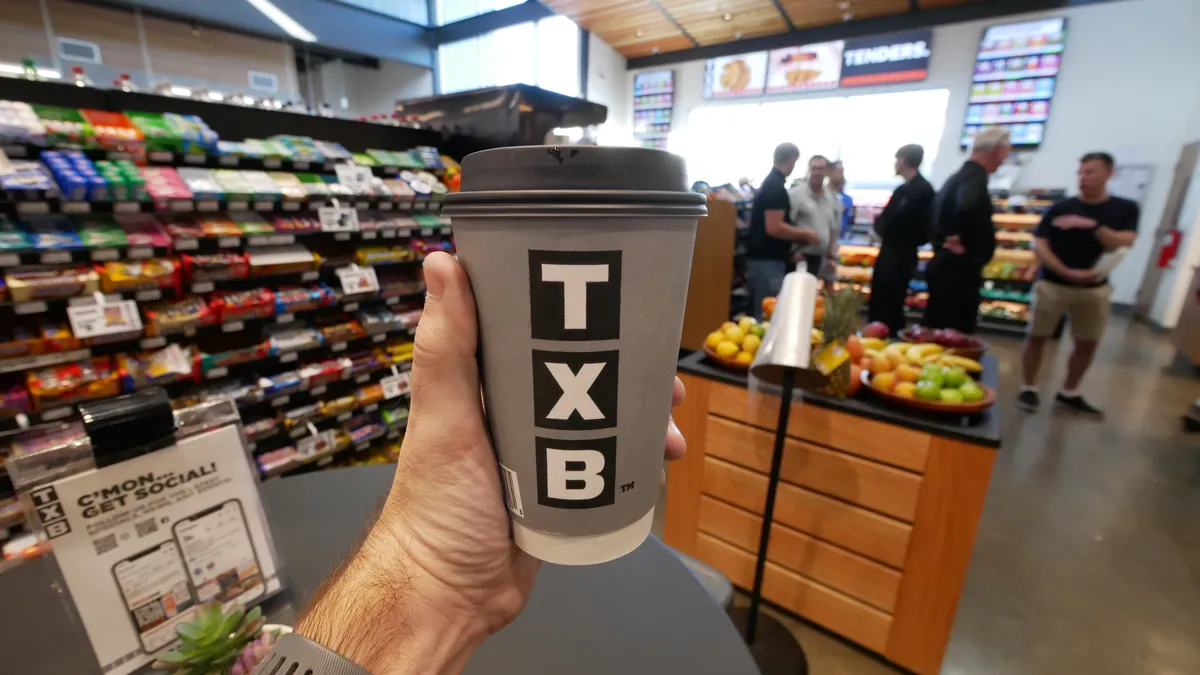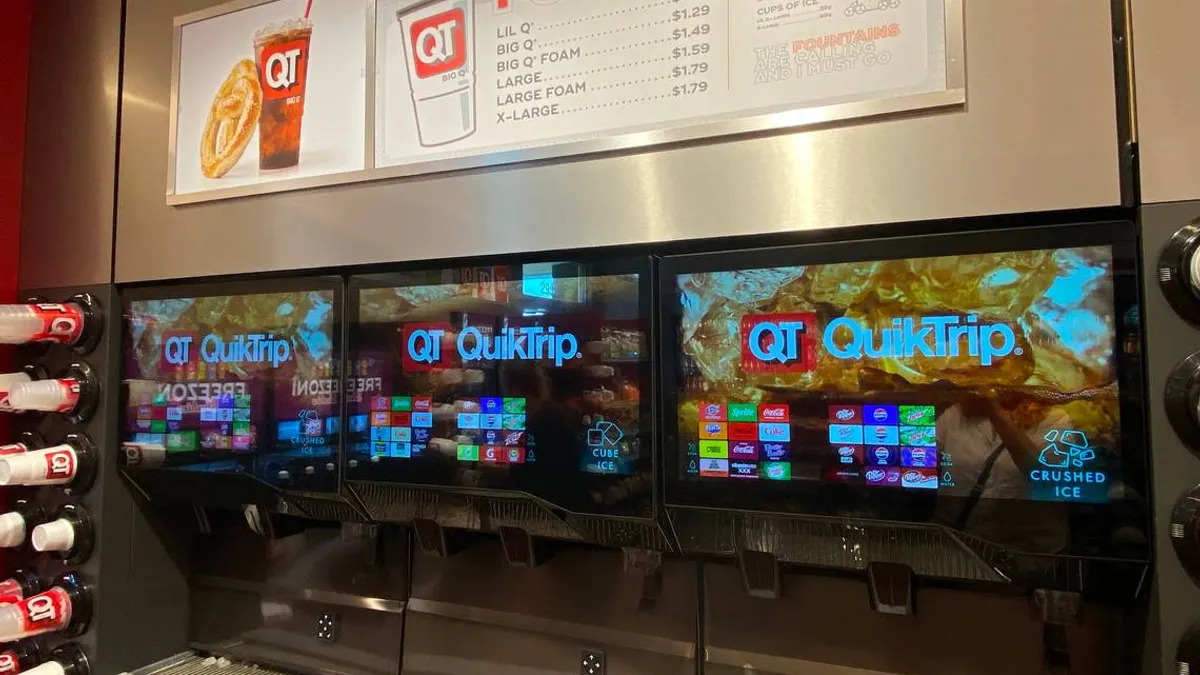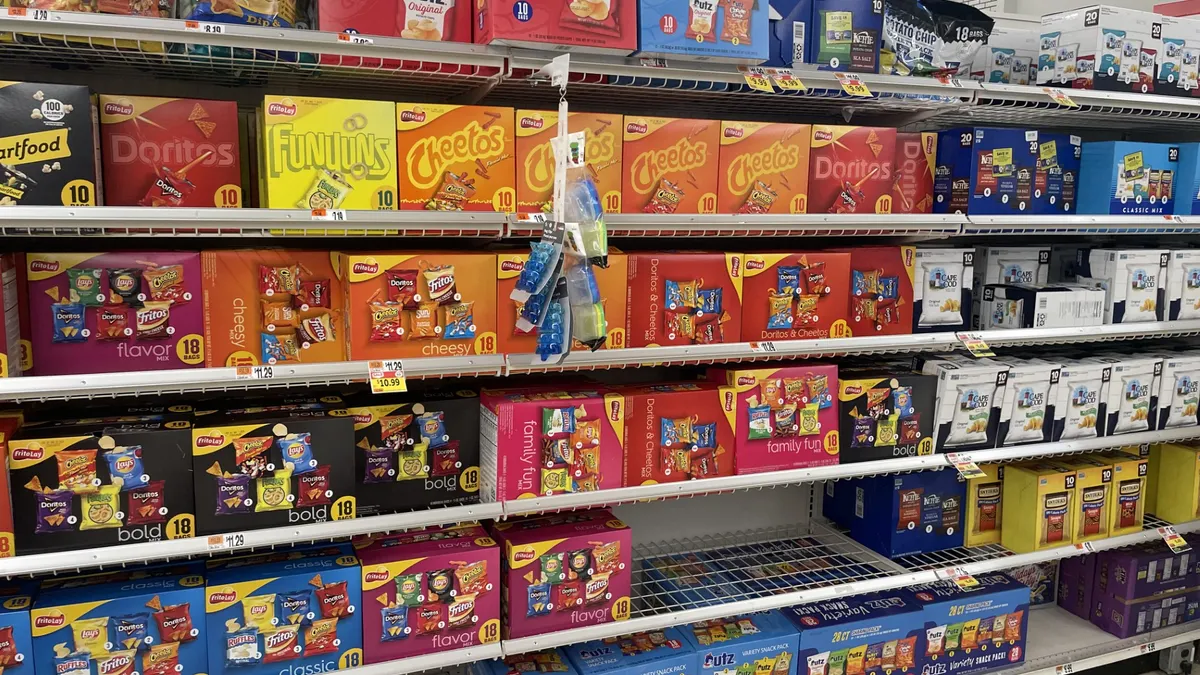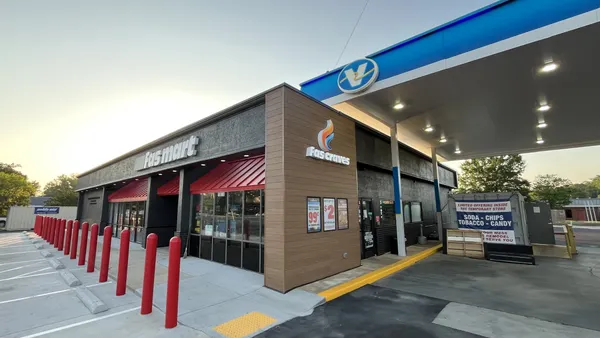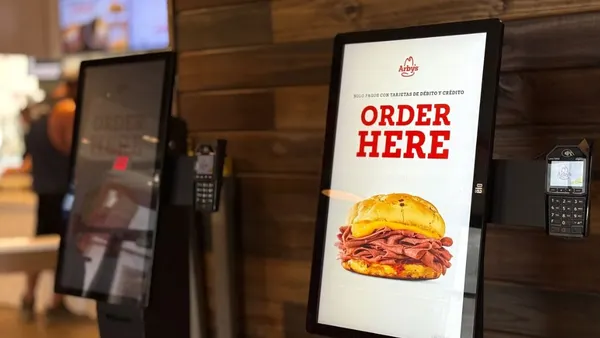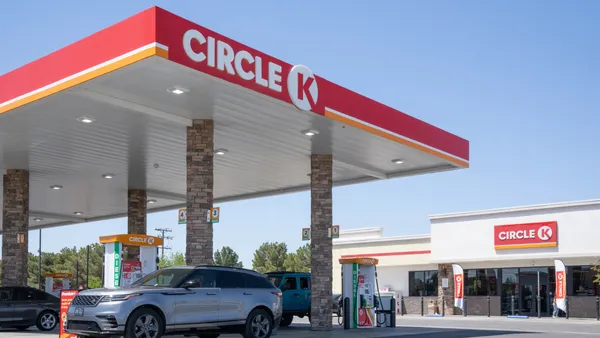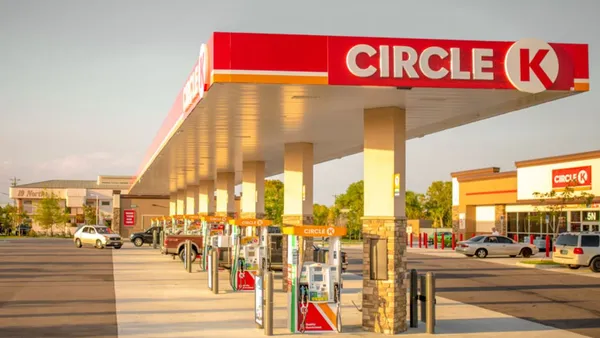Like many Americans, I begin each day with a cup of coffee.
Except my routine is a bit complicated. I weigh 12.5 grams of freshly roasted beans, hand-grind at a setting I’ve dialed in for pour overs, and then begin a process that involves an overpriced copper pour-over dripper and an electric gooseneck kettle.
It’s not that I’m a snob. I do it for the same reason that I reach for a quality Australian Shiraz instead of a bland bottle of Barefoot. When done correctly, coffee tastes so good.
Modern coffee consumption is categorized by three waves, with the first defined by the super-dark, bitter, pre-ground commoditized coffee that made no attempt to pretend it was special. All that mattered was the fact it’s coffee — not where it came from or how it was roasted, only the fact it delivered a jolt of caffeine.
The second wave was fueled by brands like Starbucks. It popularized the cafe experience, positioned coffee as a leisure activity and sold a product that was a cut above the stale cans, even if it was still very dark or occasionally overroasted. More recently, many of these brands have focused more on selling convenience through drive-thrus, mobile orders and robust customization options.
But the third wave is what hooked me.
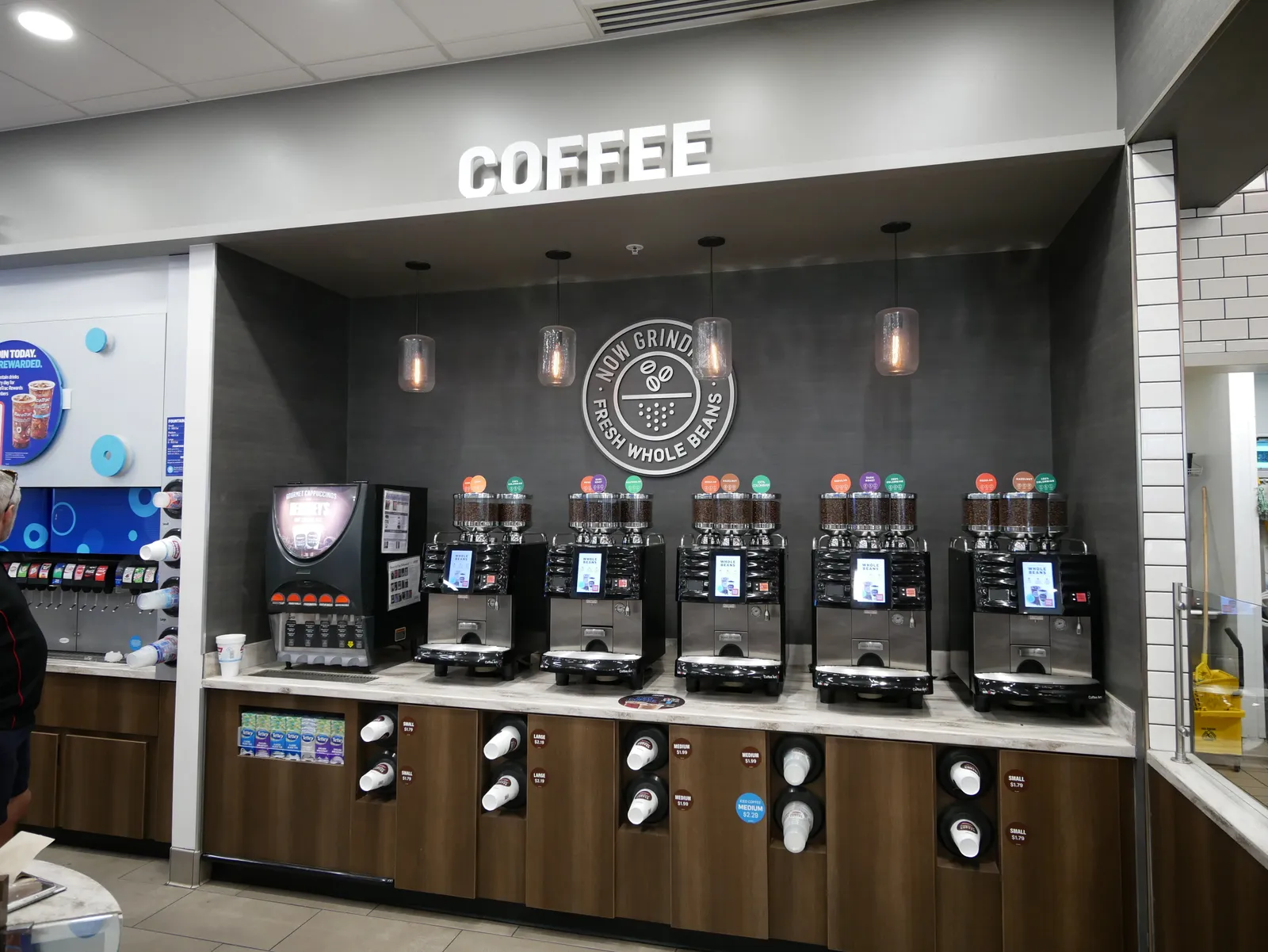
Characterized by a focus on discovering new flavors through innovative brewing techniques, lighter roasts and unique processing methods, the third wave is a mindset about appreciating a quality product. You’ll find it at bespoke roasters, such as Black and White or Sey, inside of serious cafes like Omaha’s Archetype Coffee, or lining the shelves and countertops of wannabe amateur baristas like myself.
The only problem is it’s not convenient.
The state of quick coffee
When I’m on the go, sometimes I just need a coffee right now. Traveling with equipment is pointless, and sometimes I don’t have the luxury of tracking down a proper third-wave shop and waiting 10 minutes for a quality cup. But from watery airport americanos to bland brews at QSR drive-thrus, I’ve had my share of disappointments. I’m not under the illusion that someone’s going to sell me a pour over using beans from Wilton Benitez or Edwin Noreña at 5:30 a.m. through a burger joint drive-thru window, but I at least want to enjoy what I’m drinking.
Fortunately, convenience stores have upped their coffee game in recent years.
The days of “burnt” coffee in glass carafes are long gone. Wawa famously removed theirs as part of the “coffee unplugged” campaign in 2010, and subsequent years saw a shift to better batch brewing methods and even the introduction of automated bean-to-cup machines.
I remember seeing retailers, such as Ricker’s (acquired by Giant Eagle) begin testing bean-to-cup machines around 2015. Since then, they’ve been embraced by Casey’s, Kum & Go, RaceTrac and many more.
Even Circle K followed suit by installing bean-to-cup machines in more than 7,000 U.S. stores. To prove a point and dispel misperceptions about convenience store coffee, it recently performed a clever social experiment by selling Circle K coffee out of a trendy-looking truck under the fake brand “Kafe.” Needless to say, customers were shocked when they learned what they were really drinking.
To be fair, it really is pretty good. I’ve had a fair amount of its coffee. Circle K, like many in this industry, clearly has put effort into selling a quality cup.

But where does convenience store coffee go from here? Is there room for continued innovation? If I had to guess, there are a few signals of what might be next.
New forms of convenience and access
For decades, convenience store marketing revolved around deals, discounts and daily specials. And what’s a better deal than the opportunity to get one coffee each day, for an entire month for the price of a few Starbucks drinks?
Even better: What if that deal comes with “skip the line” functionality — perhaps using a QR code on a mobile app — thereby allowing the most frequent and hurried customers to avoid lines and bypass that annoying person buying scratch tickets?
From the consumer’s perspective, coffee subscriptions are compelling. And from the retailer’s perspective, what’s not to like about recurring revenue?
I suspect we’ll see more of this as retailers revise their mobile strategies and consider what else they can do with their apps beyond housing traditional loyalty programs. Subscriptions aren’t for everyone, but they can be very sticky for someone.
Or consider what Foxtrot is doing with its membership program. It’s not a subscription, but the program does offer members exclusive pricing and perks — some of which unlock based on monthly spend, such as $1 coffee for those who reach the $100 milestone.
New third places
I've previously explained how Starbucks abdicated its role as a provider of “third places.” However, it’s also true that the quality cafe experiences of past decades were instrumental in building the Starbucks brand.
Convenience retailers may have an opportunity to do something similar.
For many consumers, there remains a stigma associated with convenience store food — due in part to the presence of the motor fuels business and a belief that “gas stations” aren’t good places to eat. To be fair, this reputation exists for a reason. I still occasionally see things spinning on roller grills or withering away in coolers that give me cause for concern.
But as more retailers invest in destination-worthy foodservice programs, perhaps the occasional third-place atmosphere may help counteract lingering stigmas?
At the extreme end of this spectrum, pay attention to what Twice Daily is doing with its White Bison cafe experience — or Vantage Fuels with Bowser Bean. But even here in my hometown of Des Moines, it’s common to find cyclists, business professionals or other locals sitting down to enjoy coffee, meals and snacks at places, such as Kum & Go and some of Hy-Vee’s Fast & Fresh stores.
This won’t be the answer for every retailer, but I suspect we’ll see more of them asking customers to sit and stay a while.
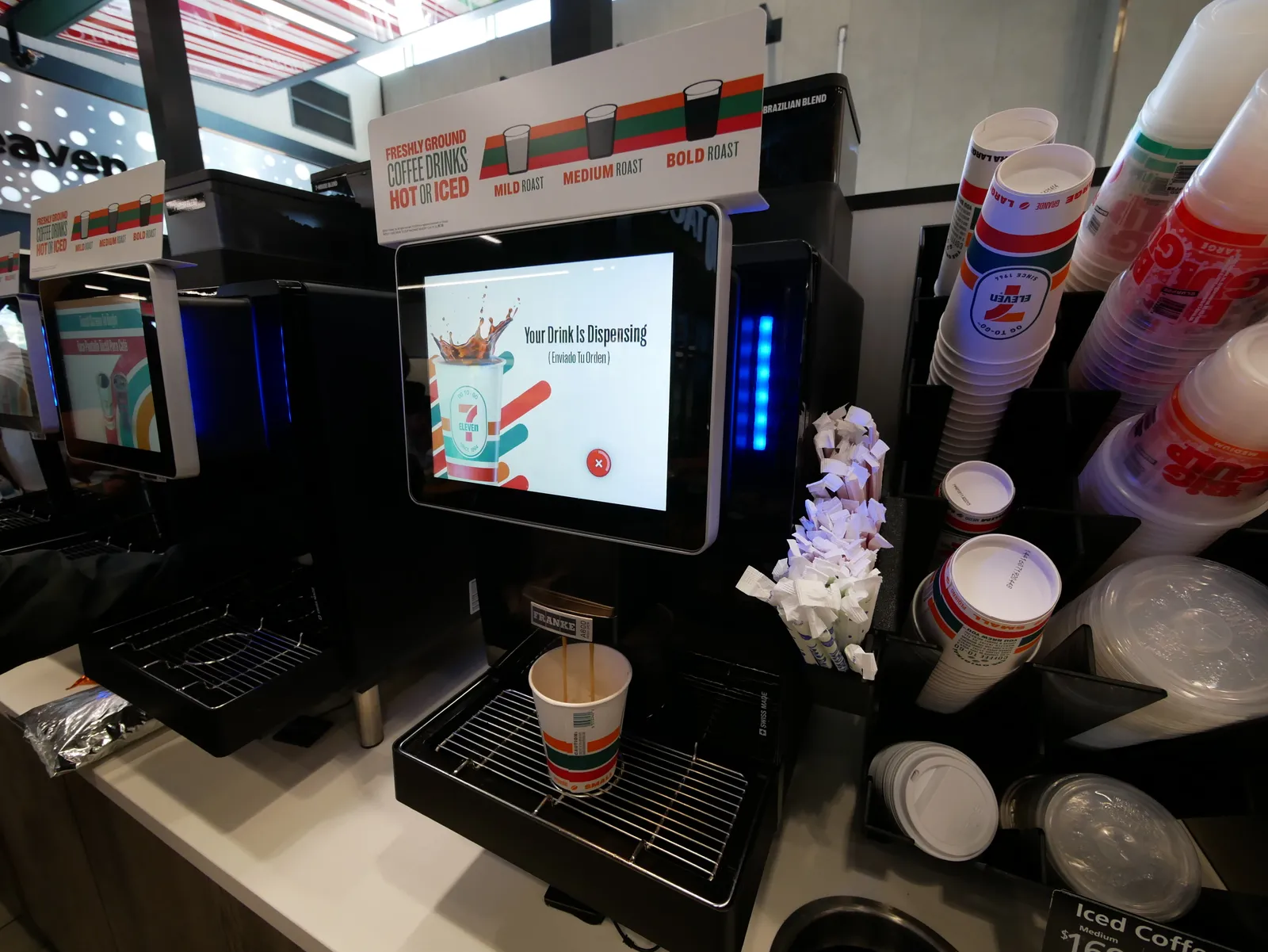
Getting in on the fourth wave
Many convenience stores have everything they need to produce a cup of coffee that will knock your socks off. Especially if they have a Schaerer Coffee Art C or similar sitting on the counter.
Even the batch-brewing equipment can produce fantastic results when properly dialed in and fed a diet of high-quality beans. There’s a reason why some of the third-wave coffee shops will have one sitting behind the counter; and besides, they can support high customer throughput in a way that finicky pour overs won’t.
It’s hotly debated whether or not coffee is entering a fourth wave — or what even would characterize it. But I’m partial to the idea that the fourth wave is about the democratization of specialty coffee. In other words, breaking down barriers and making high-quality coffee accessible to the average consumer in a way that isn’t labor intensive or time-consuming.
Convenience stores are in a position to do this. However, I believe it starts by taking a closer look at what’s being sold.
Beans are the heart and soul of any cup of coffee. Even the most expensive equipment will produce a mediocre cup if it’s used to brew stale, low-quality beans. Conversely, a $15 plastic pour over dripper can produce a phenomenal cup as long as you have a quality grinder, good water, a proper technique, and beans worth brewing.
The problem is many retailers are still brewing bland beans with names like “dark,” “medium” and “classic.” I’m not advocating for small-batch, single origin carbonic maceration roasts and educational placards about the farms they came from, but I do think there’s room for high-quality house blends packaged with serious branding and visible roast dates to indicate freshness. I think there’s an opportunity to take consumers close to the tipping point of diminishing returns without being overpriced or fussy.
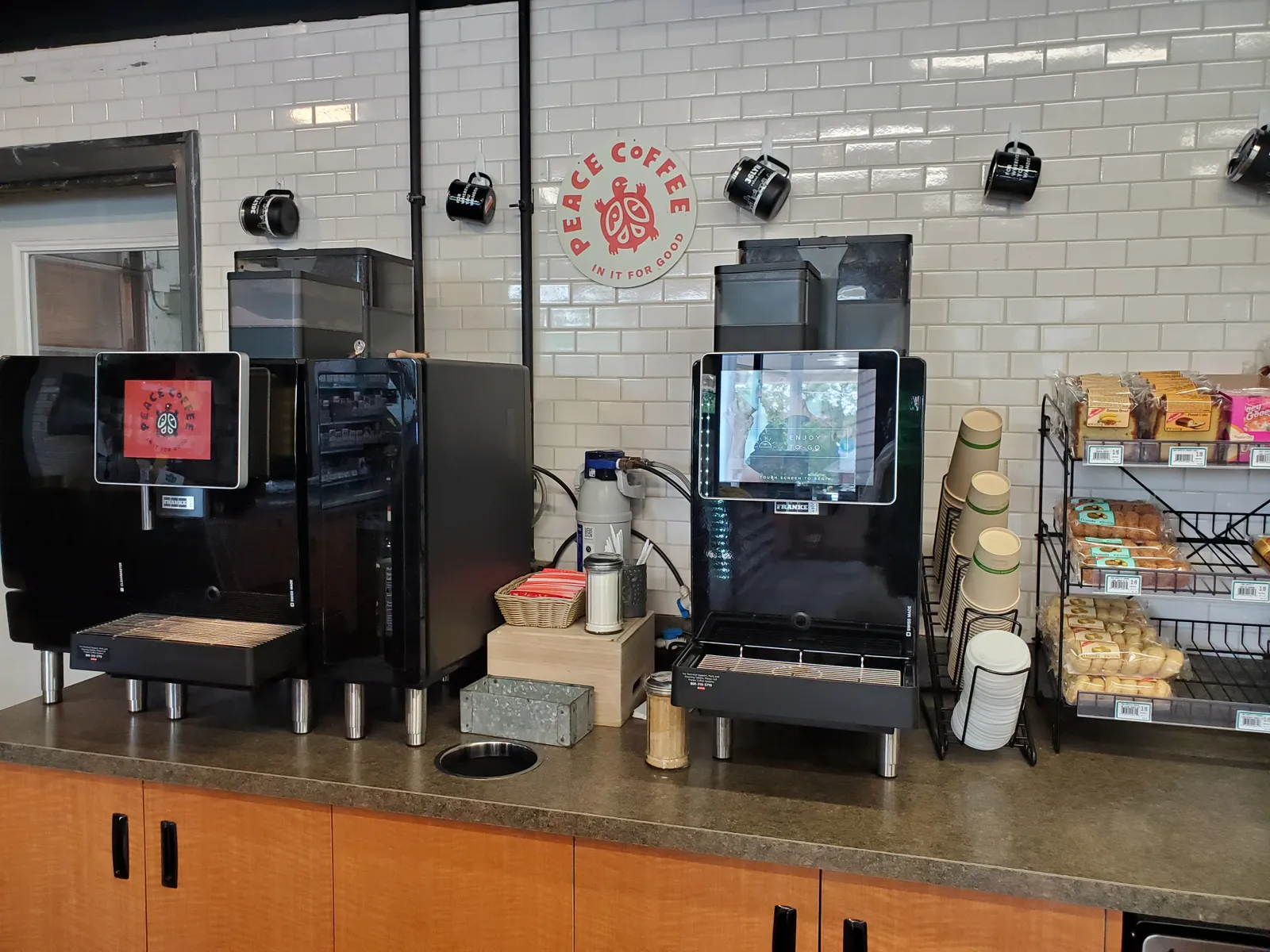
I also think there’s room to partner with local roasters and bring their coffee into the mix. Most major cities have a range of quality roasters, and this opens the door to unique opportunities for limited-time offers and partnerships. Consider Kum & Go’s recent announcement that it’s introducing BLK & Bold coffee to more than 300 locations. Or consider my most recent visit to 36 Lyn, my favorite convenience store in Minneapolis. Its bean-to-cup machines are grinding beans from Peace Coffee — a roaster located only 10 minutes away.
I guess what I’m saying is convenience stores have an opportunity to delight customers and hit the QSRs and second-wave coffee chains where it hurts.
For what it’s worth, that’s fine by me.


